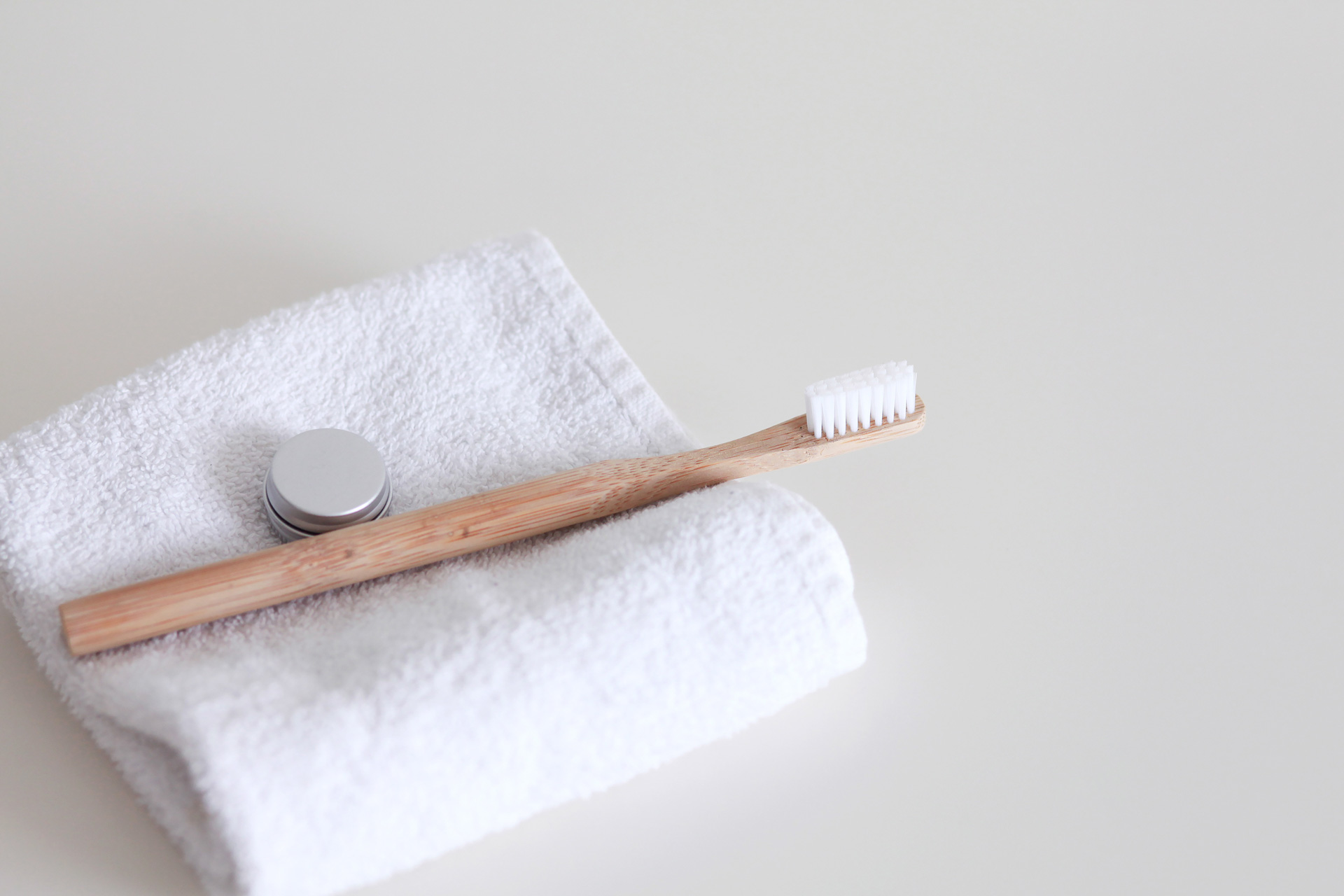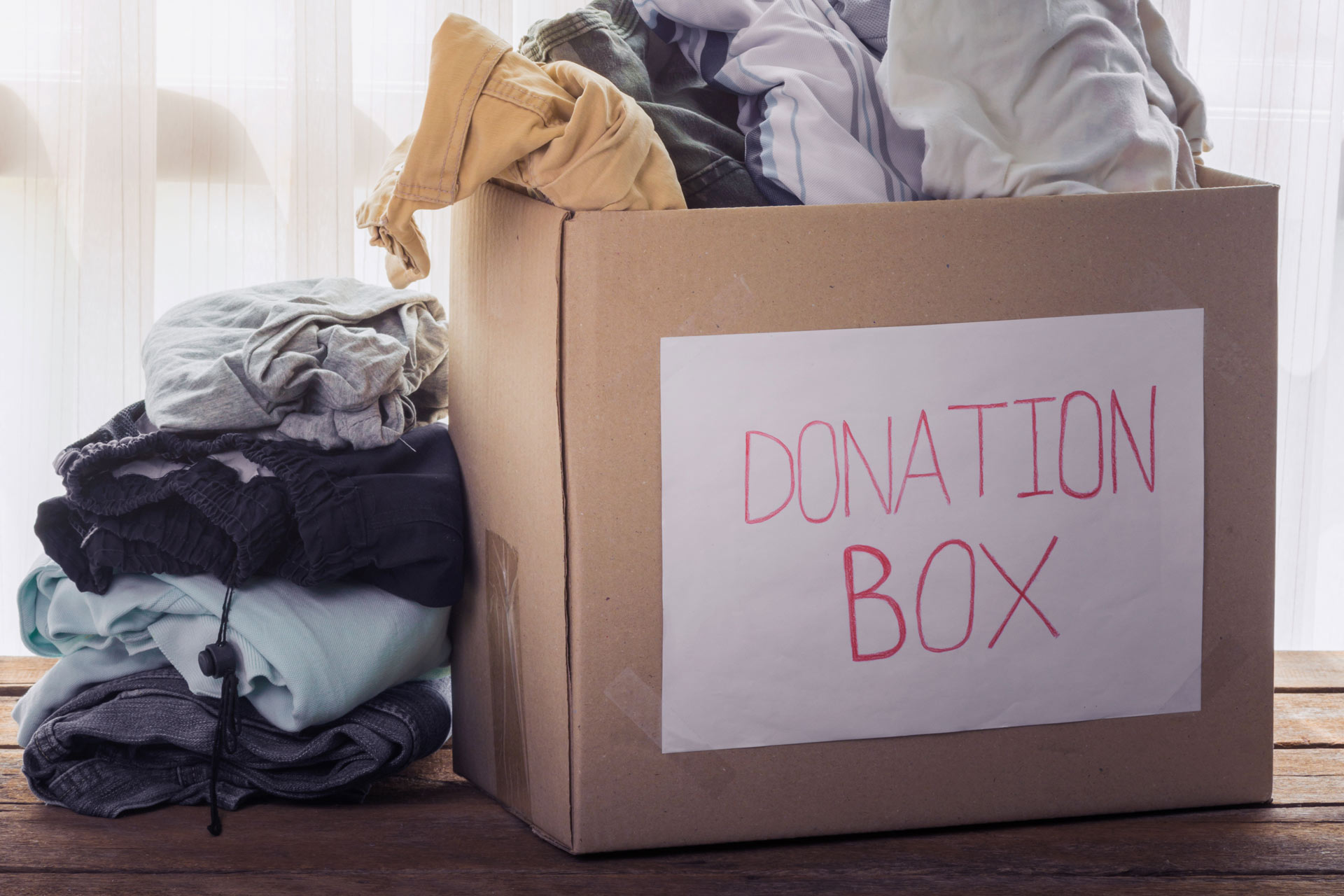
The Zero Waste Home Office
The home office is growing in popularity, with more people than ever working from home for at least part of the week. This means that all of that waste usually confined to the office, be that paper, plastic, food waste, and e-waste, will now need to be dealt with by you.
E-waste, in particular, is the fastest growing waste stream in the US, and striving for zero waste is highly important when you consider the amount of resources used in its manufacture and its potential toxicity when disposed of improperly. Additionally, the fact that e-waste is not easily recycled further compounds the issue, and so increasing awareness surrounding zero e-waste techniques is paramount.
Ensuring you use your electronic products for their entire life span, rather than upgrading unnecessarily, will help to reduce the number of devices in circulation. Additionally, selling or donating unused devices to someone who can use them will help keep resources in circulation.
One particular issue surrounding e-waste is planned obsolescence, and in an effort to combat this, the right to repair movement is currently gaining traction around the world. It’s hoped that the movement will increase pressure on manufacturers to design more easily repairable devices that can be used for longer, with the movement also pointing the way towards modular electronics that can be “infinitely” upgraded.
Other Zero Waste Ideas for Your Home Office
1. Move to the cloud
Moving and storing your data in the cloud means less demand on your hardware and a reduced dependence on portable storage devices.
2. Think twice before you print
Printers not only contribute to e-waste once units are no longer usable, but also more than 375 million empty ink and toner cartridges are thrown out each year. Then, of course, there is the paper issue! If printing is necessary, source a responsibly-forested paper.
3. Use rechargable batteries
If your devices use regular AA or AAA batteries, use rechargeable batteries to cut down waste.
4. Buy cross-compatible accessories
Wherever possible, buy accessories that work with everyone’s devices. Alternatively, moving your household to the same brand of devices can cut down on chargers, power adapters, headphones, and cables.
The zero-waste movement itself is growing quickly, and today, there are many more options available to consumers than even two or three years ago. As it continues to expand, it should become both easier and cheaper for everyone to minimize waste and keep resources in circulation as long as possible. This, in turn, will help the recycling industry deal with “true” waste more effectively, allowing more materials to be kept out of landfill.
At this point, it is also worth remembering that zero waste is a journey and not a destination. Each step on that journey requires continual assessment and implementing some or all of these methods in your household will take time. However, starting that journey now will give you time to assess, sort, and plan–finding a system that works for you. Additionally, talking about your journey with others will help spread further awareness of how we can eliminate waste and encourage more people to get on board.







